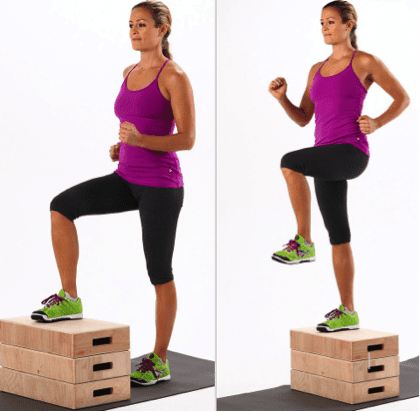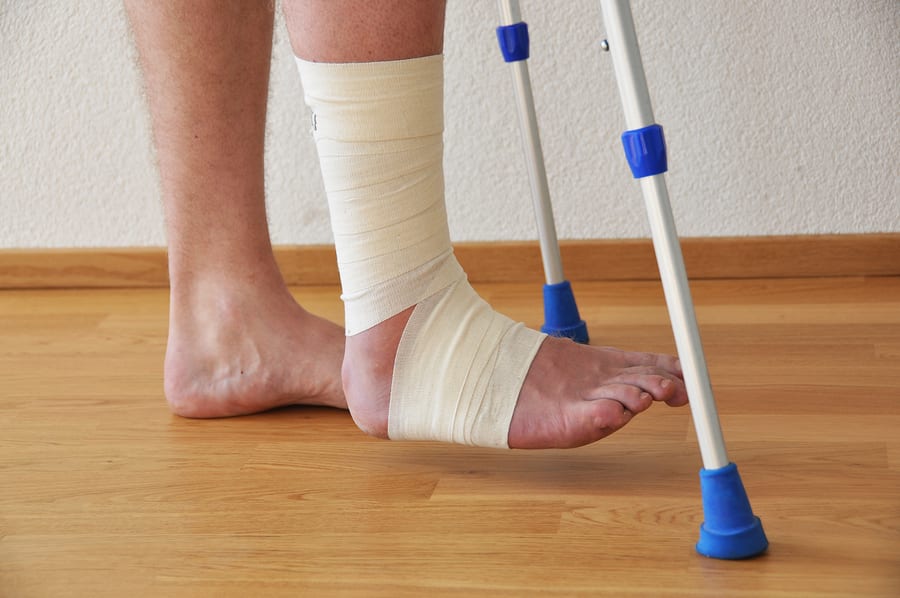As fun as skiing and snowboarding can be, the injuries that can occur while practicing these sports can be quite serious.
The most common one for skiers is the Anterior Cruciate Ligament (ACL) tear in the knees due to a rotation movement. For snowboarders, collarbone, ankle and wrist fractures are often the result of unexpected falls.
Don’t be fooled, it doesn’t take much speed at all to get injured on the snow but preparing yourself physically can certainly help in reducing the risk of injuries.
The most important thing to remember is that for most people, the ski/snowboard position isn’t natural. Having your lower legs set in boots and bindings at a 15-30° forward angle and all attached to a board requires a bit of preparation!
The first thing is to learn to activate your stabilising muscles around the ankle, knee and hip joints. These muscles are not designed to take a great load of work but allow the joints to move in the proper angles and range of motions so the bigger muscles (primary movers) can do all the work.
For example, the Gluteus Medius (in the bum) is responsible for stopping the femur from rotating internally. Since there is a lot of lateral movement when you ski, it is important for the Gluteus Medius to be switched on most of the time otherwise the knee will drop inward and too much stress is put on the knee ligaments.

Working with Thera-bands wrapped up around the knees and practicing squats, will automatically engage the Gluteus Medius.
Another important aspect of snow sport is balance, especially if you are a novice skier. Falls happen regardless of your level but being able to control your falls or catching yourself to avoid falling requires body awareness and core control.
Try to transfer any exercise you do onto an unstable surface such as a foam board, BOSU ball, wobble disc or even a folded towel. This type of exercise is called proprioreceptive training and is great to activate stabilising muscles and increase brain to muscle connexions so you have a better sense of position in space. Exercises such as Foot Clock Drill, Multidirectional Lunge, Step Up-Hold are a good way to start.


Finally, equipment wise, it is worth investing in a proper footbed (orthotic) designed to go inside the ski or snowboard boots in order to support your feet into a neutral position. It will correct any over pronation (foot drop) and will increase precision, comfort and decrease muscle fatigue.
While you’re there, get a helmet. Not only a helmet keeps your head warm but it also prevent damage from concussion and could save your life.
Who looks the silliest: the guy with a helmet on or the one in the ski patrol sled with a head injury?
Read more: Bootfitting tips you need to know now






